Rhodie Maintenance 101
lostleaf
17 years ago
Related Stories
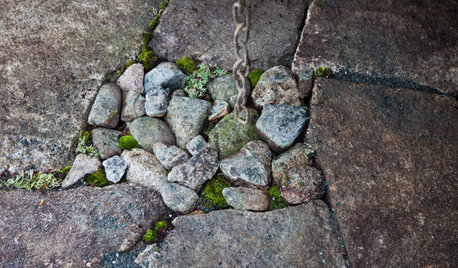
PATIOSLandscape Paving 101: Some Reasons to Go for Granite
Thinking about a new patio or path? Invest in granite for its durability and low maintenance
Full Story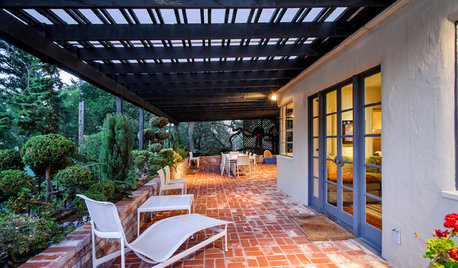
PATIOSLandscape Paving 101: How to Use Brick for Your Path or Patio
Brick paving is classy, timeless and a natural building material. Here are some pros and cons to help you decide if it’s right for your yard
Full Story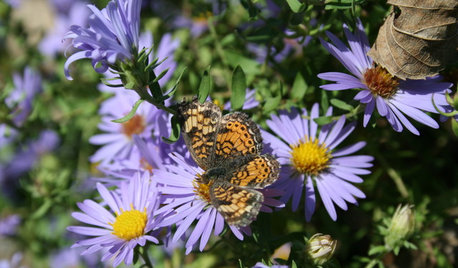
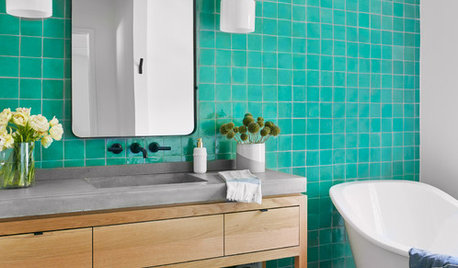
BATHROOM DESIGNBathroom Countertops 101: The Top Surface Materials
Explore the pros and cons of 7 popular bathroom countertop materials
Full Story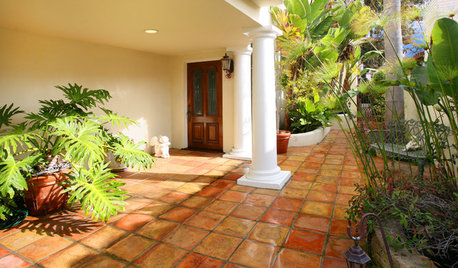
PATIOSLandscape Paving 101: Tiles Bring Bold Color and Pattern
This versatile garden material can blanket an entire patio or liven up the scenery with striking accents
Full Story
KITCHEN DESIGNKitchen Countertops 101: Choosing a Surface Material
Explore the pros and cons of 11 kitchen countertop materials. The options may surprise you
Full Story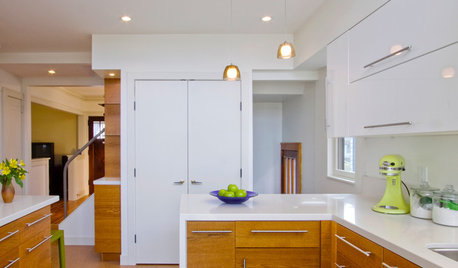
REMODELING GUIDESCork Flooring 101: Warm Up to a Natural Wonder
Comfortable, sustainable and easy on the eye, cork has a lot going for it. Use our guide to get familiar with this natural flooring material
Full Story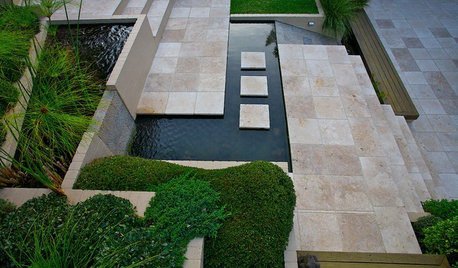
PATIOSLandscape Paving 101: Travertine Keeps Its Cool in Warm Climates
Travertine is a gorgeous paver for a pool surround
Full Story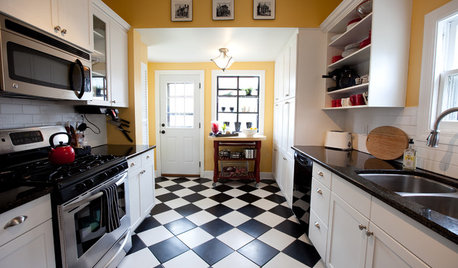
KITCHEN DESIGNKitchen Flooring 101: Find Your Material Match
From cork to concrete, our guide will help you pick the perfect surface for your kitchen floor
Full Story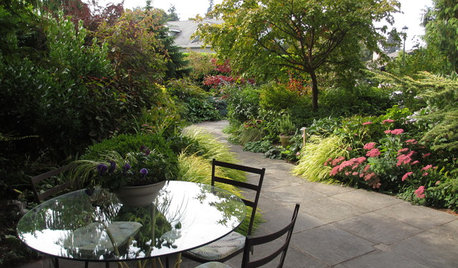
PATIOSLandscape Paving 101: How to Use Bluestone in Your Garden
Classy bluestone is a great paving material for both modern and rustic patios and paths
Full Story





rhodyman
Related Professionals
Leawood Landscape Architects & Landscape Designers · Matthews Landscape Contractors · Annandale Landscape Contractors · Bowie Landscape Contractors · Broadlands Landscape Contractors · Ellicott City Landscape Contractors · Lake Saint Louis Landscape Contractors · Merced Landscape Contractors · North Highlands Landscape Contractors · North Richland Hills Landscape Contractors · Severna Park Landscape Contractors · Spring Landscape Contractors · Sugar Hill Landscape Contractors · Teaneck Landscape Contractors · Wheat Ridge Landscape Contractors